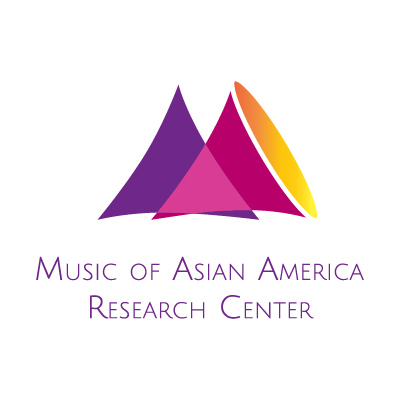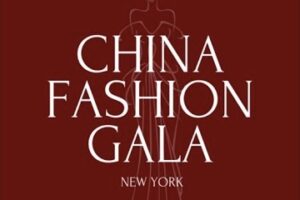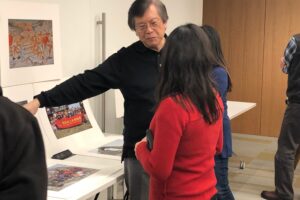The 1882 Foundation, Music of Asian America Research Center (MAARC), and Alexandria Library coordinated a program on July 11th to share the rich history of Asian American entertainment during the Exclusion Era. Between 1875 and 1943, the United States severely limited immigration from Asian countries. Ethnic enclaves developed in the midst of these restrictions, maintaining cultural familiarity and connection among Asian Americans. Eric Hung, MAARC’s Executive Director and Co-Founder, and Nancy Rao, MAARC’s President, researched how entertainment within these communities contributed to a lasting Asian American culture.
The presentation began with a black-and-white recording of the Kim Loo sisters singing “Take Me Out to the Ballgame.” The Kim Loo sisters were a Chinese American vocal quartet that performed during the 1940s swing era. They are a prime example of Asian assimilation into American culture, and their little-known status indicates a disconnect often seen between Asian American and non-Asian American performers who reach fame. Although Asian Americans have roles within the mainstream media, their entertainment history is largely unknown.
Asians have lived in the Americas since 1565, when the Galleon Trade navigated a route from the Philippines to Mexico. Later in the 1800s, the “coolie trade,” which relied on Asian contract laborers, emerged as an alternative to Black slave labor. This exchange helped establish the foundations of the model minority myth, a persistent stereotype that promotes the hard work of Asians but erases Asian struggles. As Asians increasingly traveled to the United States, anti-Asian sentiments intensified. In 1852, the same year when Cantonese opera arrived in San Francisco, California’s governor John Bigler proposed limiting Chinese American immigration. Norman Assing, the founder of the San Francisco-based opera company, published an open letter to Governor Bigler opposing these restrictions, but to no avail. In 1882, Congress passed the Chinese Exclusion Act, later followed by the 1924 Asian Exclusion Act. Mr. Hung explained that these events give historical context to the Asian American experience. Asian Americans have lived in North America for almost five centuries, but they remain casted as perpetual foreigners.
Despite this treatment, Asian Americans found a place for themselves within the entertainment industry. Filipino musicians played popular American music in 20th century taxi-dance halls, where visitors paid dancers for individual songs. In 1902, the U.S. Army also established the Philippine Constabulary Band, a military ensemble that played at the 1904 World’s Fair and presidential inauguration in 1909. Music was a comfort within Japanese internment camps during World War Two as well. Survivors have said that it was one method they used to show their love for America. These forms of entertainment were vital to an Asian American identity that mixed diverse cultures.
In addition, Cantonese opera was a staple within the Chinese American community. Between clips of opera productions, Dr. Rao explained its main elements, such as poetic verses, cultural instruments, symbolic characters, and elaborate costumes. She also recounted meeting a woman who kept playbills and newspaper cutouts of the productions she had attended. This collection reflects the passion that audiences had for Cantonese opera and the following it inspired. Mr. Hung compared Cantonese opera to Chinese nightclubs, another form of entertainment prevalent at the time. Both catered towards different audiences, but there was “more overlap between the traditional music and popular music than we think,” he said. Dr. Rao recommended PBS’ documentary, “Vanishing Chinatown” as a further resource about Chinatown’s culture.
We thank Mr. Hung and Dr. Rao for their in-depth study on Asian American entertainment. This informative event examined its history during the Exclusion Era and enduring impact on Asian American communities.




